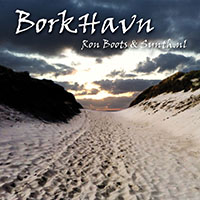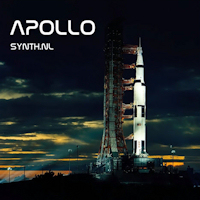I know it has been a while since I wrote on here and that some of you are waiting on the final part of this series about the Velleman K8200 kit. I have been very busy lately with my new company Virtiso BV and didn't have much time for anything actually. But today finally I found some time to catch up on here. First of all here is a picture of the finished printer doing its first test prints. As I wrote before though this didn't go as I planned.
On the picture on the right you can see what happened on my first test prints. I was quite puzzled and had no idea what to do next, since the manual ended here. I started reading a bit on several forums and started asking around. The first thing I learned (and it is in the manual now) that you really need to roughen up the print bed a bit with some sand paper. It is just to smooth as it comes. Secondly you really need to clean it with some alcohol. This has to be 70% the least, but more is better. This is because when you touch it with your fingers it will become greasy.
And then I think the hardest part was calibrating the print head Z distance. The head needs to be exactly 0,25 mm from the bed. And in every direction. So you need first to level the print bed with the screws below and then you need to turn a screw that touches a microswitch to calibrate it. I tried to do that on eyesight, but that really is impossible. You need a tool like you see in the picture on the left. I don't know what it is called in English though but it consists of small metalic blades that you can use to 'feel' the distance of the head to the bed. When you can put the 0.2 5mm blade just in between and you feel some friction it is OK. Then don't forget to securely fasten the calibration screw since it will come loose from vibration.
And then you need to calibrate the software settings as well depending on your material and print object. It took me about as long to calibrate the printer as it took me to build it. So do keep this in mind. Printing in 3D is not as easy as it looks at first sight. It takes time, skill and a lot of patience :) Then I had another problem that turned out to be the USB driver on windows. I finally swapped to a RaspBerry Pi running Octoprint and in the picture on the right is the first part that was finally printed successfully. What it is I'll show you in a later post ;) This concludes the building series. I hope to post some stuff that I printed over time on here. I'll keep you updated when I can.
On the picture on the right you can see what happened on my first test prints. I was quite puzzled and had no idea what to do next, since the manual ended here. I started reading a bit on several forums and started asking around. The first thing I learned (and it is in the manual now) that you really need to roughen up the print bed a bit with some sand paper. It is just to smooth as it comes. Secondly you really need to clean it with some alcohol. This has to be 70% the least, but more is better. This is because when you touch it with your fingers it will become greasy.
And then you need to calibrate the software settings as well depending on your material and print object. It took me about as long to calibrate the printer as it took me to build it. So do keep this in mind. Printing in 3D is not as easy as it looks at first sight. It takes time, skill and a lot of patience :) Then I had another problem that turned out to be the USB driver on windows. I finally swapped to a RaspBerry Pi running Octoprint and in the picture on the right is the first part that was finally printed successfully. What it is I'll show you in a later post ;) This concludes the building series. I hope to post some stuff that I printed over time on here. I'll keep you updated when I can.














No comments:
Post a Comment